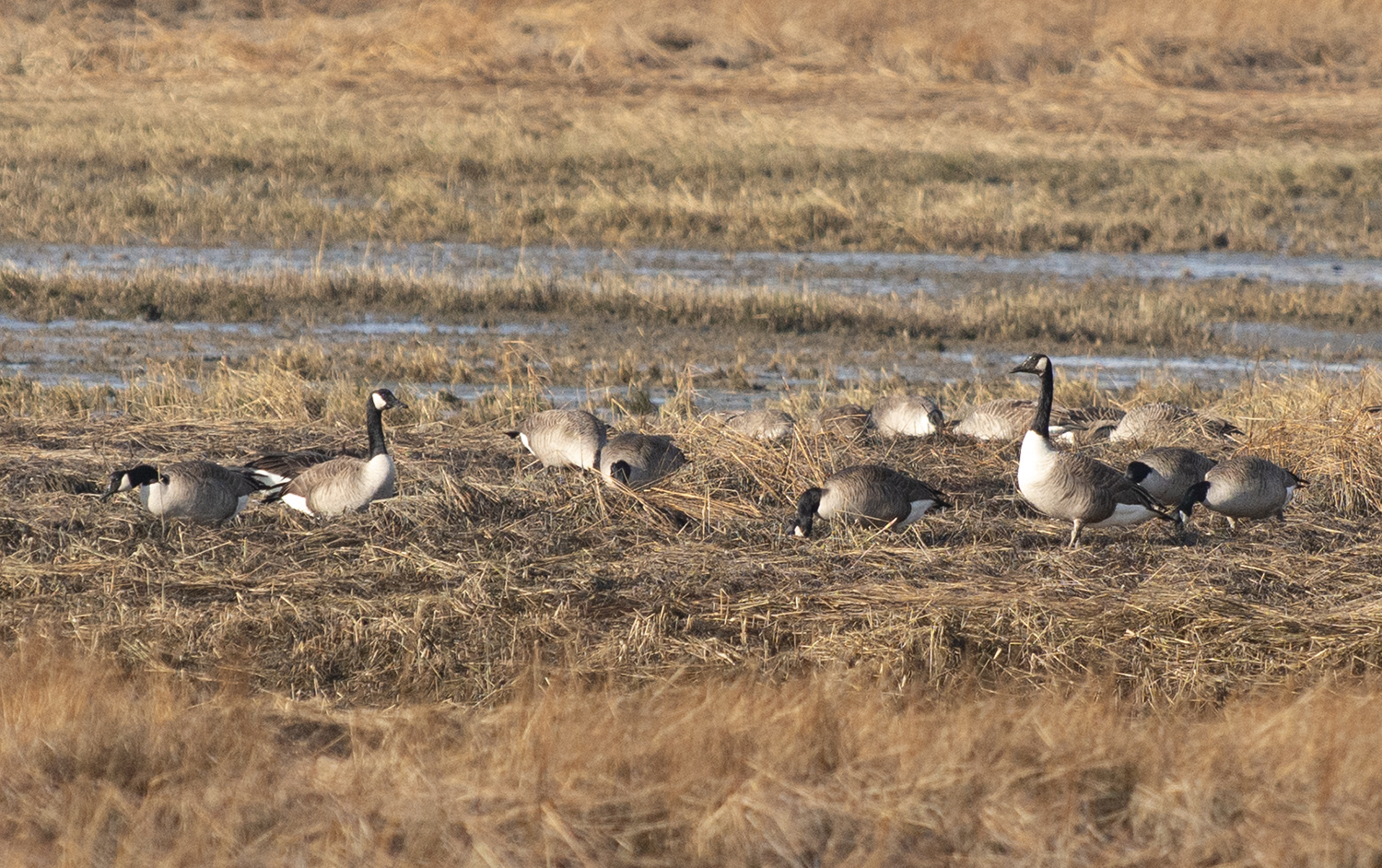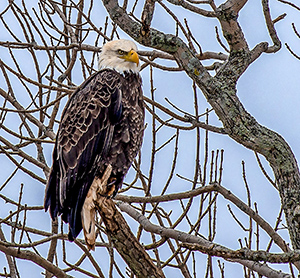
Canada Geese
Canada Geese
A true conservation success story is also indicative of a worrisome change .
Canada Geese are a bird that many associate with the country they are named after, and in truth there is much to that idea. However, in the past, the birds migrated from the north, including most leaving Canada, and Nova Scotia. The annual migration of flocks in their “V” shape flying south was associated with the change in the seasons, and has been written about in many, many stories.
What is happening now is two-fold.
First there are many more geese, because these beautiful birds have adapted well to man-changed habitat, where they love hanging out on golf courses and other artificial “fields”. Combined with good hunting controls (which include a much more generous and lengthy season now) and due to the efforts of conservation organizations like Ducks Unlimited, there has been a big increase in goose populations in general.
Secondly, there is also a phenomenon called short-stopping occurring. The image shows a flock of Canada Geese near our home in Port Maitland, which was not the way things were even 20 years ago. Due to climate change and the habitat change mentioned above, the geese are now stopping their migration here in southwest Nova Scotia, instead of travelling on to places like Maryland or Virginia – their historic wintering grounds.
As a result, we see birds here now – many of them – all year around, while the Chesapeake Bay is seeing fewer each year, and has had to drastically lower hunting pressure, and encourage better habitat management. The 600,000 geese that wintered in the area in the 1970s had dropped recently to 200,000, but is rebounding a bit in the last few years due to good management.
It is a sign of our times, though. Climate change has made both birds and humans adapt, and not every species will fare as well as our Canada Geese. It’s a warning that we need to continue to act to preserve our planet’s biodiversity.





